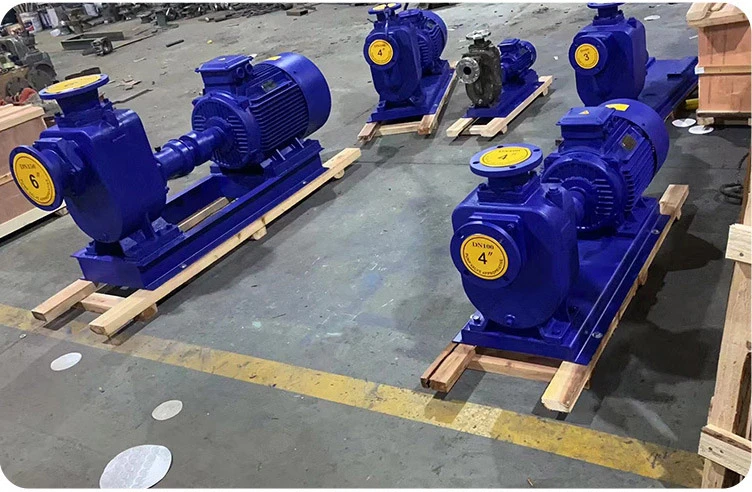Swedish
- Afrikaans
- Albanian
- Amharic
- Arabic
- Armenian
- Azerbaijani
- Basque
- Belarusian
- Bengali
- Bosnian
- Bulgarian
- Catalan
- Cebuano
- Corsican
- Croatian
- Czech
- Danish
- Dutch
- English
- Esperanto
- Estonian
- Finnish
- French
- Frisian
- Galician
- Georgian
- German
- Greek
- Gujarati
- Haitian Creole
- hausa
- hawaiian
- Hebrew
- Hindi
- Miao
- Hungarian
- Icelandic
- igbo
- Indonesian
- irish
- Italian
- Japanese
- Javanese
- Kannada
- kazakh
- Khmer
- Rwandese
- Korean
- Kurdish
- Kyrgyz
- Lao
- Latin
- Latvian
- Lithuanian
- Luxembourgish
- Macedonian
- Malgashi
- Malay
- Malayalam
- Maltese
- Maori
- Marathi
- Mongolian
- Myanmar
- Nepali
- Norwegian
- Norwegian
- Occitan
- Pashto
- Persian
- Polish
- Portuguese
- Punjabi
- Romanian
- Russian
- Samoan
- Scottish Gaelic
- Serbian
- Sesotho
- Shona
- Sindhi
- Sinhala
- Slovak
- Slovenian
- Somali
- Spanish
- Sundanese
- Swahili
- Swedish
- Tagalog
- Tajik
- Tamil
- Tatar
- Telugu
- Thai
- Turkish
- Turkmen
- Ukrainian
- Urdu
- Uighur
- Uzbek
- Vietnamese
- Welsh
- Bantu
- Yiddish
- Yoruba
- Zulu
Telephone: +86 13120555503
Email: frank@cypump.com
nov . 15, 2024 19:49 Back to list
pumping sand slurry
Pumping Sand Slurry An Overview of Techniques and Applications
Pumping sand slurry is a critical process in many industries, including mining, construction, and environmental management. Sand slurry, a mixture of water and sand particles, is often transported over long distances for various applications. Understanding the methods, challenges, and solutions related to pumping sand slurry can greatly enhance efficiency and effectiveness in relevant operations.
Understanding Sand Slurry
Sand slurry consists of fine sand suspended in water. The specific gravity, particle size distribution, and concentration of the sand affect the slurry's behavior and how it can be pumped. A slurry is often used because it is easier to transport solid material in a liquid form. However, the viscosity, density, and fluid dynamics of the slurry can introduce operational challenges that must be carefully managed.
Applications of Sand Slurry Pumping
1. Mining Operations In mining, sand slurry pumping is pivotal for transporting tailings, which are the remnants of minerals after the extraction process. Efficiently pumping this slurry helps in managing waste and reduces the environmental impact.
2. Construction Projects In construction, pumped sand slurry can be utilized for foundation work, backfilling, and stabilizing soil. The ability to pump sand enables the construction industry to maintain productivity and ensure precision in material placement.
3. Dredging Dredging projects often involve the removal of sediments from bodies of water. Pumping sand slurry allows for the efficient transportation of dredged materials to designated disposal or processing sites.
4. Environmental Remediation In situations where contaminated soil needs to be removed or managed, sand slurry can be pumped as part of a bioremediation process to facilitate the treatment of contaminated sites.
Pumping Techniques
pumping sand slurry

Several techniques are commonly employed for pumping sand slurry. Each method has its advantages and limitations, and the choice of technique depends on factors like the distance to be pumped, the specific properties of the slurry, and the available equipment.
1. Centrifugal Pumps This is one of the most widely used types of pumps for sand slurries. Centrifugal pumps work by converting rotational kinetic energy into hydrodynamic energy to move the slurry. Their high flow rate and efficiency make them suitable for many applications, although they may struggle with very viscous slurries or larger particle sizes.
2. Positive Displacement Pumps These pumps work by trapping a fixed amount of slurry and forcing it into the discharge pipe. They are particularly effective for high-viscosity slurries and can handle varying particle sizes, making them versatile for different applications.
3. Vacuum Pumps In some cases, vacuum pumps are used to extract slurry from a low-pressure environment. This technique is particularly useful for removing slurries from confined spaces or when dealing with bentonite clay mixtures.
Challenges in Pumping Sand Slurry
While pumping sand slurry is essential in various industries, it presents several challenges
- Wear and Tear The abrasive nature of the sand can lead to rapid wear of pump components, necessitating regular maintenance and replacement of parts. - Clogging Larger particles or lumps within the slurry can clog pipes and pumps, leading to inefficiencies and potential breakdowns. Proper particle size management and sedimentation processes can mitigate this issue. - Viscosity Changes As the concentration of sand in the slurry varies, so does its viscosity, which can impact pump performance and energy consumption. - Energy Consumption Pumping slurries over long distances can require significant energy, which adds to operational costs. Using energy-efficient equipment and optimizing pumping routes can help reduce energy consumption.
Conclusion
In conclusion, pumping sand slurry is a fundamental operation in several industries, with a range of applications from mining to construction. While various pumping techniques exist, challenges such as wear, clogging, and energy costs require careful management. As technology advances, new solutions and methods continue to emerge, offering opportunities for improved efficiency and effectiveness in the pumping of sand slurry. Industries that adopt innovative approaches will likely enhance their operational productivity and reduce their environmental footprint, paving the way for sustainable practices in slurry management. Understanding these dynamics is essential for professionals working with sand slurries, ensuring they can navigate the complexities of this vital operation successfully.
-
China Small Slurry Pump Manufacturer - High Efficiency Small Centrifugal Slurry Pumps for Mining & Industry
NewsJun.24,2025
-
Custom Drilling Mud and Slurry Pump Supplier - High Efficiency, Tailored Solutions
NewsJun.10,2025
-
Supply Vertical Submersible Sewage Pump High-Efficiency WQ/QW Pumps Supplier
NewsJun.10,2025
-
Premium Sewage Ejection System & Pumps Efficient Waste Removal
NewsJun.09,2025
-
Premium Wholesale Slurry Pump Impellers Durable & Efficient Slurry Handling
NewsJun.09,2025
-
Top Sewage Pump Companies Durable Industrial Solutions for Efficiency
NewsJun.09,2025










